Armagnac: The beautiful, high-class brandy steeped in history and tradition
Nick Hammond visits the land of musketeers, bullfighting, foie gras and canard, where Armagnac is painstakingly crafted just as it has been for hundreds of years.
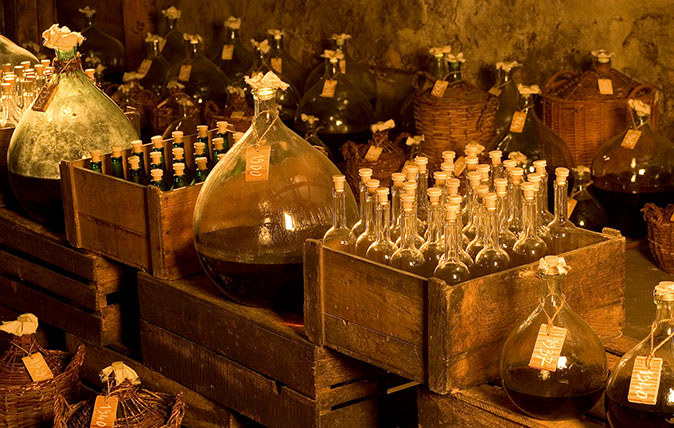

Sleepy Blonde d’Aquitaine cows, beefy in every respect, chew the cud. A bull stands sentinel among them, his great muscled flanks shivering at the occasional tickle of a fly. In the farmyard behind, scurrying sorties of souris pour like mercury along the calving-shed drains and the air purrs with the soporific murmur of turtledoves.
I’m in Armagnac – both a region and a drink – and feasting on foie gras, farmland and secret stores of an ancient brandy, lovingly crafted across the rolling départment of the Gers.
It’s made as it was 700 years ago; distilled in fantastical copper alembic stills on wheels, which arrive in a travelling circus at the end of each harvest to steam and thunder in the oak-beamed and cobwebbed barns of 1,000 Gascon farms.
Farmhouse Armagnac is still very much alive and kicking, but there are also large producers with horizons of manicured vineyards and space-age processing facilities. That’s the beauty of the region and its amber gold – there is a lifetime of personalities here to explore.
‘Each is unique,’ promises Amanda Garnham, an expatriate ‘gone native’, who lives in a rambling Gascon farmhouse of her own, along with her family, assorted guests and a meadow menagerie of beasts. She’s the Attachée de Presse for the Bureau National Interprofessionnel de l’Armagnac and runs Glamour and Gumboots, offering bespoke tours of the area’s rich food, drink culture and countryside.
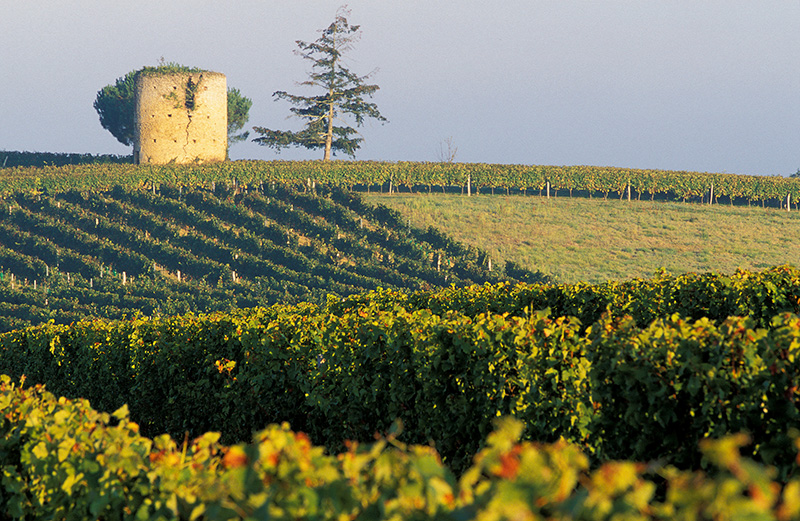
‘From the chosen types of grape, through the terroir, to the distillation methods and ageing, each Armagnac is specific to its time and place,’ she explains.
‘There is nothing quite like it.’
Sign up for the Country Life Newsletter
Exquisite houses, the beauty of Nature, and how to get the most from your life, straight to your inbox.
In the stygian gloom of the dusty Paradis at Delord, giant glass bonbonnes of ancient liquid sit impassively through the years. They are the last vestiges of Armagnac from generations past.
It’s a moving experience to step reverently among these ghosts, with their crudely attached wooden date labels displaying the liquid summation of a lifetime’s work. I blow the dust from a half-filled jar of 1942. What human endeavour did it take to create this precious liquid in a time of such tumult?
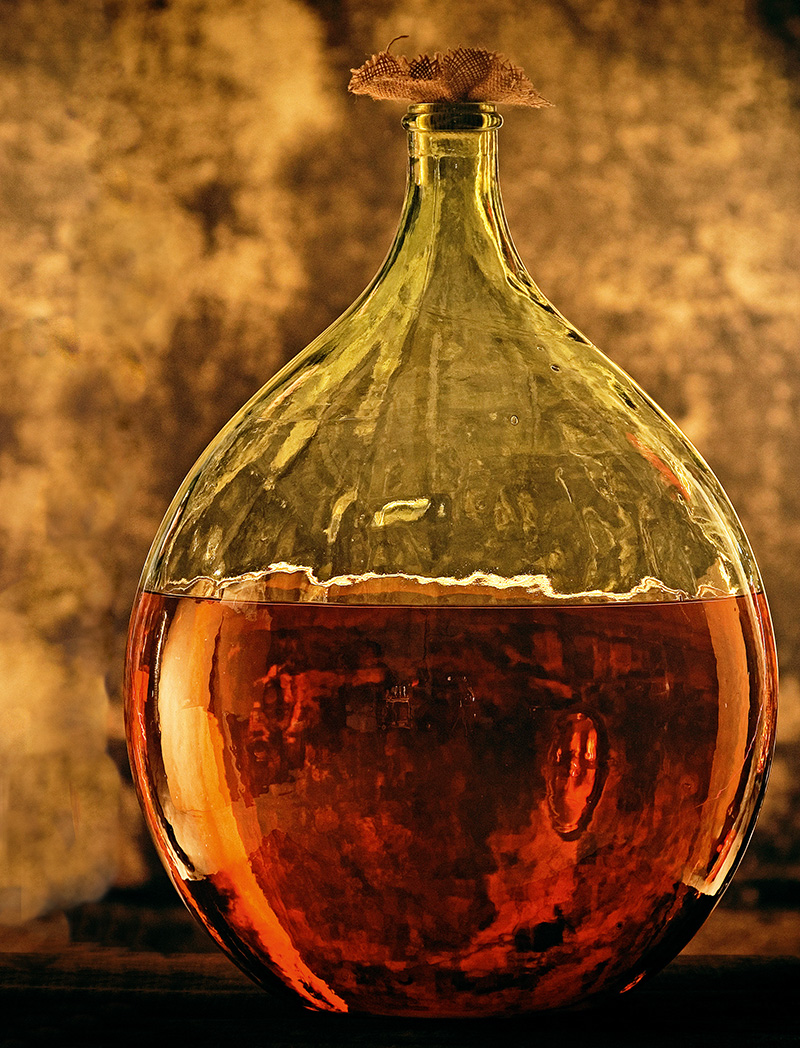
Delord Armagnac rings with signature sweet fruit notes of bananas and candied orange, nuts and plump prunes. Gascon prunes, figs, pumpkins, walnuts and kiwis grow in abundance. Magnolia trees line the drive to Château de Bordeneuve, where I wait in the sigh of the blossoming acacias for the arrival of Thomas Guasch. It’s announced by the bounce of his disconcertingly large Alsatians, but, thankfully, they’re intent on chasing sticks and not vineyard visitors. Some of the Baco grapes here have been nipped this week by a late-season frost. Thomas gives a Gallic shrug – c’est la vie.
Later, he proudly displays his permanent 1920s alembic, which rumbles 24 hours a day during an intensive distilling period that might run from October to March. A 1966 vintage – too popular in England, where it’s drunk to toast the sporting success of that year – spills creamy salted caramel across the palate. There’s an ice cream-like 20 year old and an ethereal bottle from 1924; rich, deep, truffly and darkly alluring.
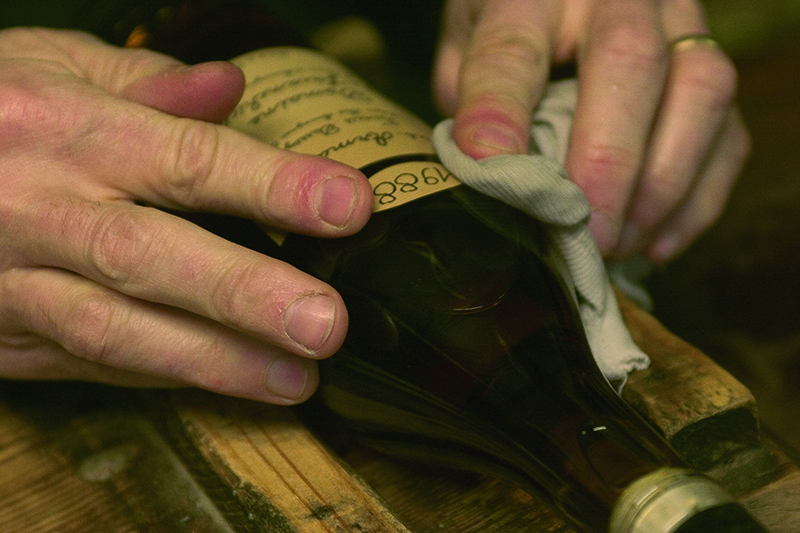
Most Armagnacs are single-distilled, some double. All are made in the column stills of the alembic, unlike the pot stills of Cognac. Wines are distilled and aged separately in French-oak barrels and finally combined in the bottling. In this part of the world, every few hundred yards, you’ll find a sign pointing you to yet another Armagnac adventure. A teetotal driver is a must.
Three distinct regions produce Armagnac: Bas Armagnac, Armagnac-Ténarèze and Haut-Armagnac. They are all refreshingly affordable. Great bottles are available at a fraction of the expense of their Cognac and Scotch brethren; a cracking vintage from the year of my birthdate – not that long ago, of course – can be found for less than €100. More recent productions, even of VSOP or XO aging, can be picked up for about €30.
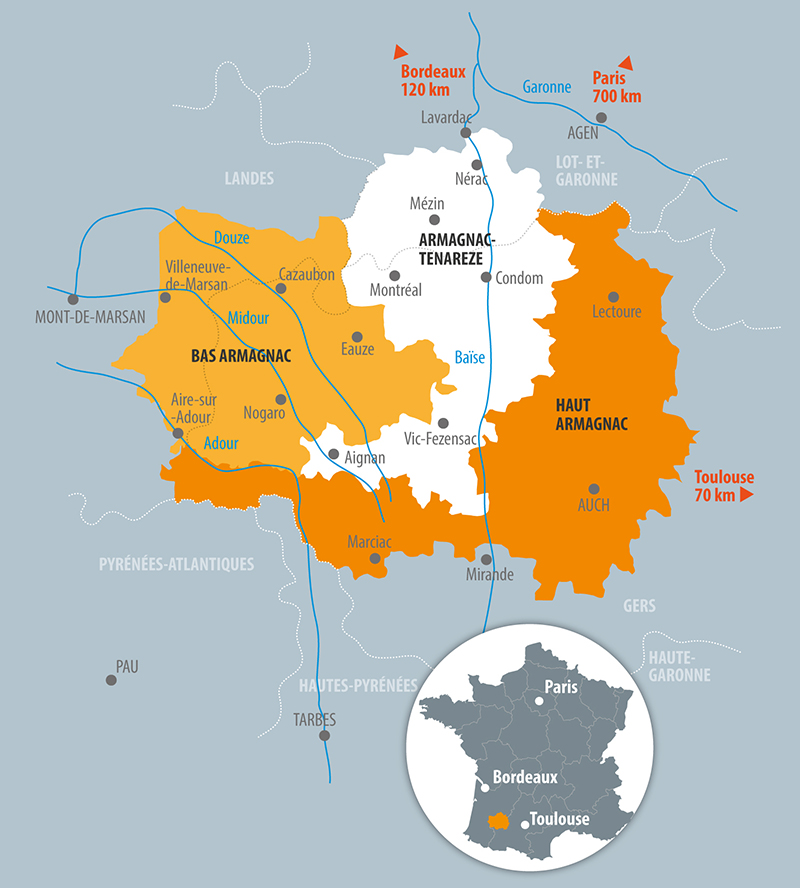
As she prepares freshly picked white asparagus in her sunny kitchen, the cultured septuagenarian Claire de Montesquiou affectionately teases her husband, Jean-Louis. He just smiles and uncorks the domaine’s own Cuvée Rosée, created since the couple bought an overgrown hillside in Bas-Armagnac and began both wine and Armagnac production under the name Domaine D’Espérance. These Armagnacs – zesty, spicy and loaded with nuts and raisins – have won international acclaim and Claire bottles for several well-known private labels.
There is an abundance of producers here, such as Château de Laubade, where quirky sculptures scatter the grounds, oriental gables abound and a gloriously garish French library offers a tasting of a complex 1985 vintage with notes of an Islay malt.
At Domaine du Tariquet, rows of symmetrical vines, stretched across the hillside, greet visitors, every inch pristine and well tended. The processing facilities are utilised to make both wine and Armagnac and, although they may be modern, Tariquet is no newcomer to Armagnac alchemy – the Grassa family has been making it for generations and its VSOP and XO burst with custard and burnt orange.
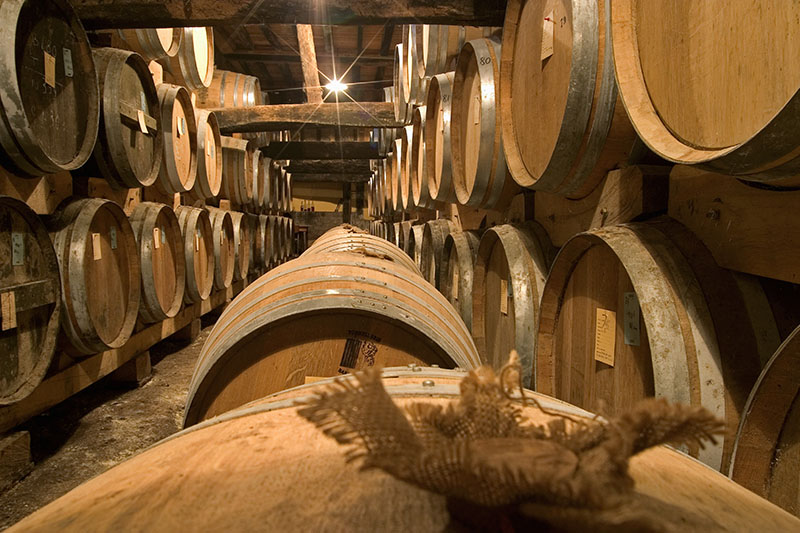
The surroundings at Janneau are more prosaic, but the Armagnac is anything but. From a range that runs from entry level to serious enthusiast, the VSOP has an extraordinary cinder-toffee note and the 25 year old has a sudden and unexpected pop of bubblegum.
At Marquis de Montesquiou, there is a purpose-built ‘cathedral’ to Armagnac, piled high with locally made barrels and giant casks for blending. Bees throng a narrow stretch of grassland at Armagnac Castarède – organic methods are encouraged here and these plants will be ploughed back in, ready for new vines, once flowering is over. The Armagnacs, served in the ancient château, are extraordinary.
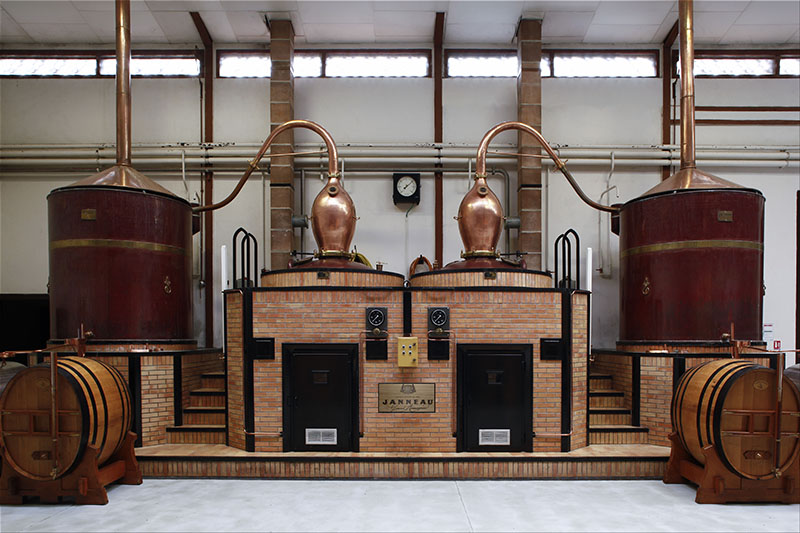
Back with the Aquitaine bull, who’s led his ladies into the buttercup-strewn pasture, I enjoy a conversation-stopping Château de Pellehaut vintage from 1973. This family business is half winery, half cattle farm, with the lucky bovines dining on grape mash and fresh sward.
It’s just another in a long line of examples proving there’s nothing quite like Armagnac. It’s authentic, it’s very, very French and you need to taste it right here, in the heartland where it’s made – the very essence of this timeless land in the shadow of the Pyrenees.
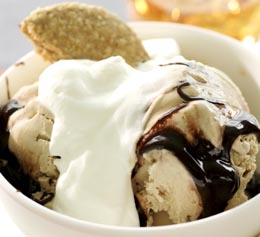
Perfect brown bread and Armagnac ice cream
Thomasina Miers makes her favourite brown bread ice cream from The Complete Nose to Tail
Country Life is unlike any other magazine: the only glossy weekly on the newsstand and the only magazine that has been guest-edited by HRH The King not once, but twice. It is a celebration of modern rural life and all its diverse joys and pleasures — that was first published in Queen Victoria's Diamond Jubilee year. Our eclectic mixture of witty and informative content — from the most up-to-date property news and commentary and a coveted glimpse inside some of the UK's best houses and gardens, to gardening, the arts and interior design, written by experts in their field — still cannot be found in print or online, anywhere else.
-
 Designer's Room: A solid oak French kitchen that's been cleverly engineered to last
Designer's Room: A solid oak French kitchen that's been cleverly engineered to lastKitchen and joinery specialist Artichoke had several clever tricks to deal with the fact that natural wood expands and contracts.
By Amelia Thorpe
-
 Chocolate eggs, bunnies and the Resurrection: Country Life Quiz of the Day, April 18, 2025
Chocolate eggs, bunnies and the Resurrection: Country Life Quiz of the Day, April 18, 2025Friday's quiz is an Easter special.
By James Fisher
-
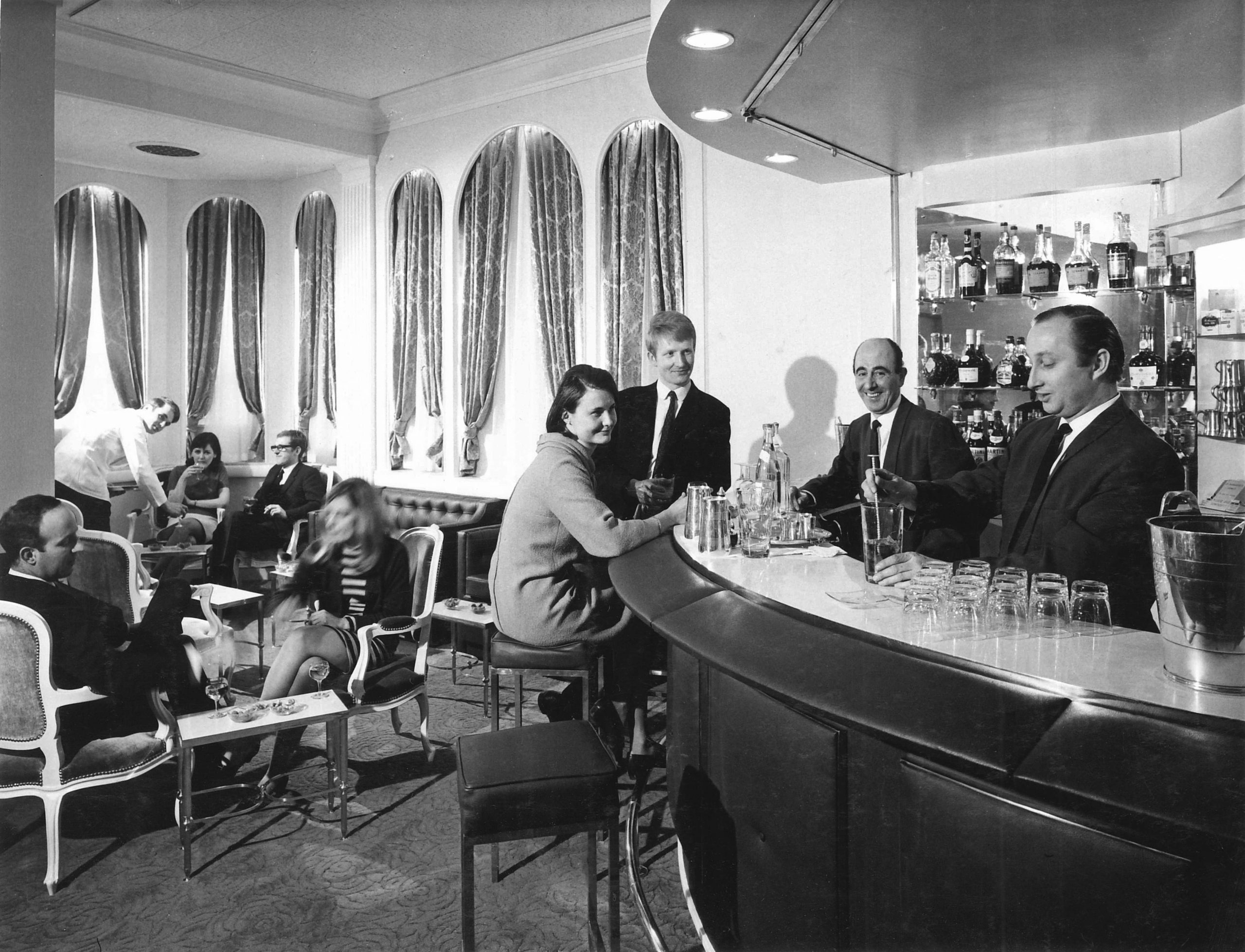 The iconic American bars in London perfect for lifting a Thanksgiving cocktail
The iconic American bars in London perfect for lifting a Thanksgiving cocktailGlamorous American bars were once a familiar sight in London, catering to US and British citizens alike, but only two of the historic ones remain. On the eve of Thanksgiving, Robert Crossan goes in search of both.
By Rob Crossan
-
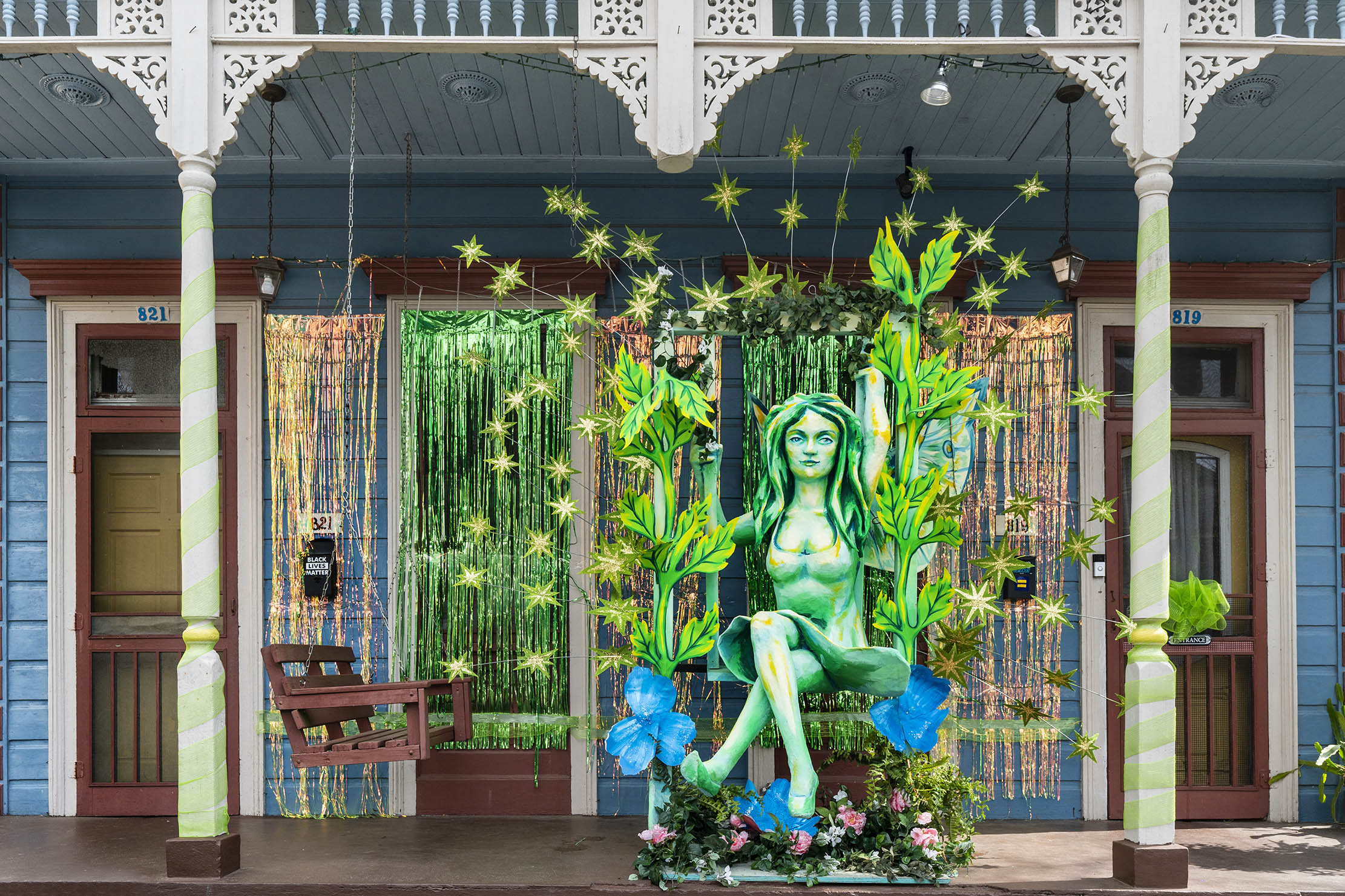 Curious Questions: Why was absinthe banned?
Curious Questions: Why was absinthe banned?Absinthe is almost unique among alcoholic spirits for having been outlawed in even some of the world's most liberal countries — but how did that happen? Martin Fone traces back the story to find the tales of debauchery, hallucination and even murder that once gave the drink its bad name — and looks at how it's returned to prominence.
By Martin Fone
-
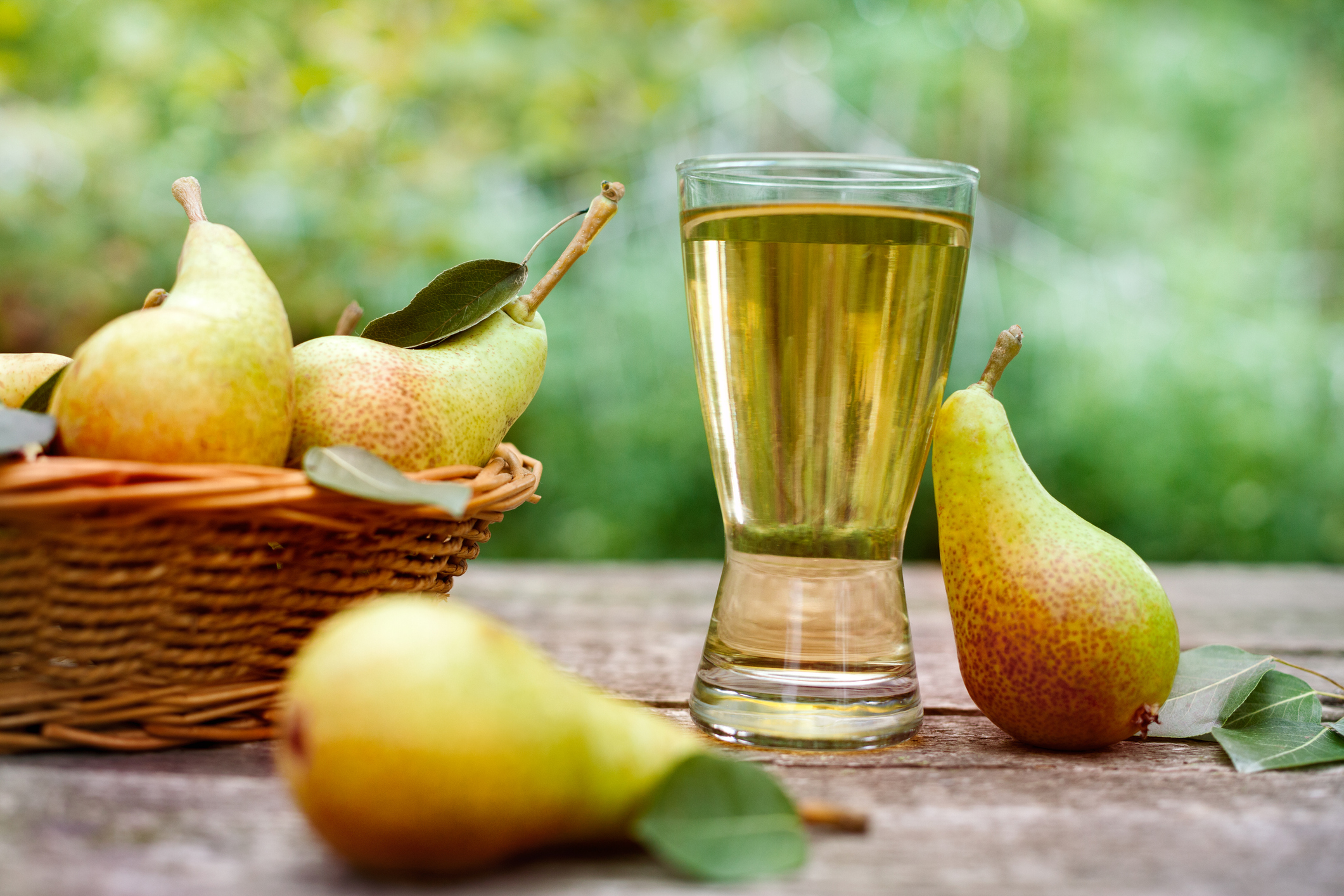 Perry: The pear cider dubbed 'the English champagne' that's been an English passion for centuries
Perry: The pear cider dubbed 'the English champagne' that's been an English passion for centuriesNot to be confused with cider, the art of perry-making is more than a craft — it’s an English passion. Ben Lerwill meets some of our best producers of fermented pear juice.
By Ben Lerwill
-
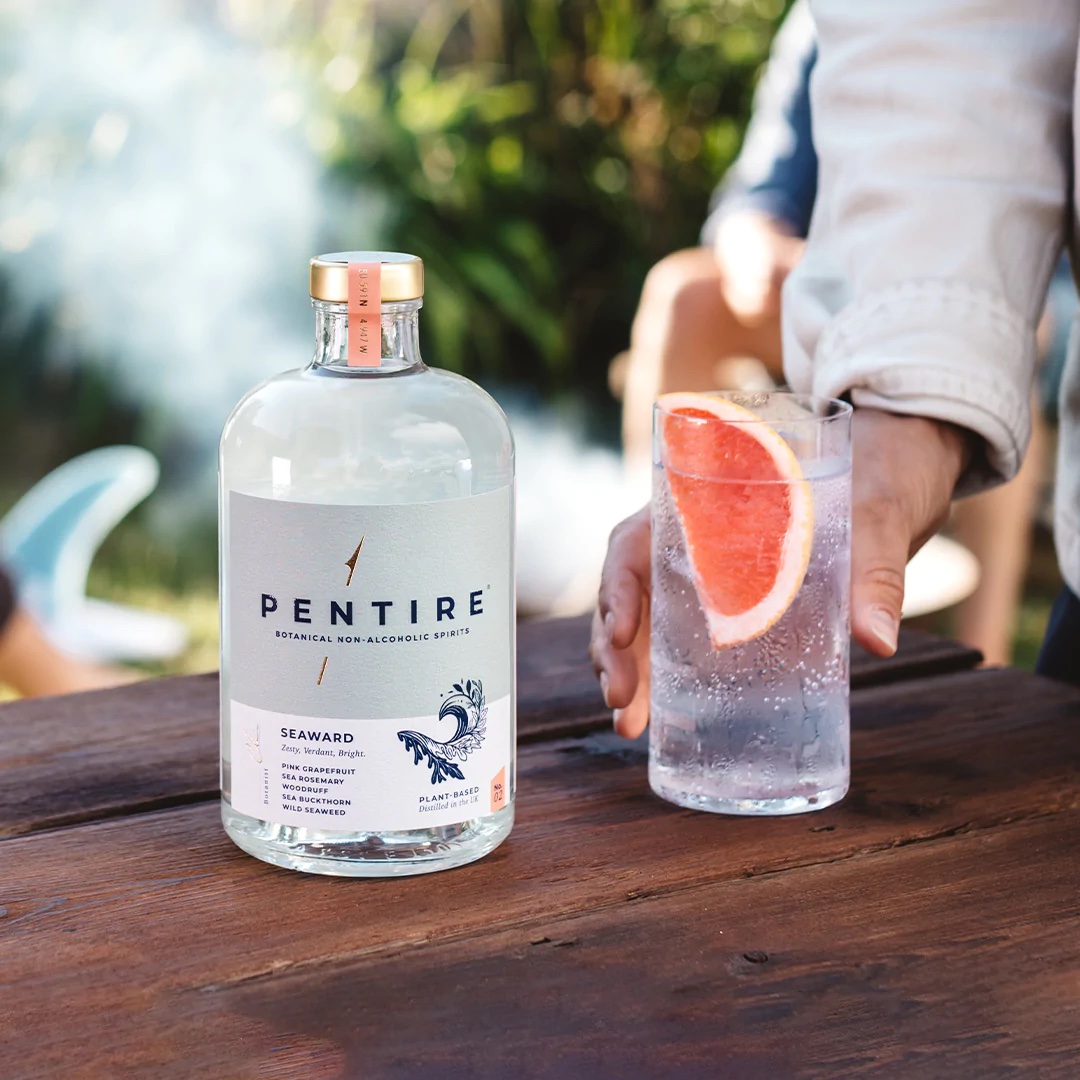 Seven of the best non-alcoholic spirits to help get you through Dry January
Seven of the best non-alcoholic spirits to help get you through Dry JanuaryWhether you’re doing it for health reasons or simply for a New Year’s challenge, giving up alcohol isn’t necessarily all that easy. To help you on your way, the Country Life office put a variety of non-alcoholic spirits to the test. Here’s what we found.
By Rosie Paterson
-
 Hangover cures from some of Britain's greatest writers
Hangover cures from some of Britain's greatest writersFrom Hemingway to Wodehouse, we reveal the hangover remedies of literary greats.
By Emma Hughes
-
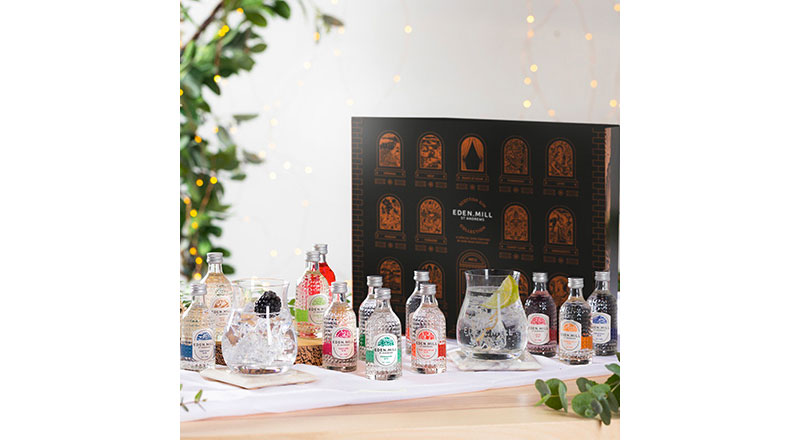 Christmas drinks gift guide: Best gin, best whisky, beer and more for the festive season
Christmas drinks gift guide: Best gin, best whisky, beer and more for the festive seasonWhether you're keen to pour your own draft beer, drink Cotswolds whisky or enjoy a raft of different gins, we've got you covered.
By Toby Keel
-
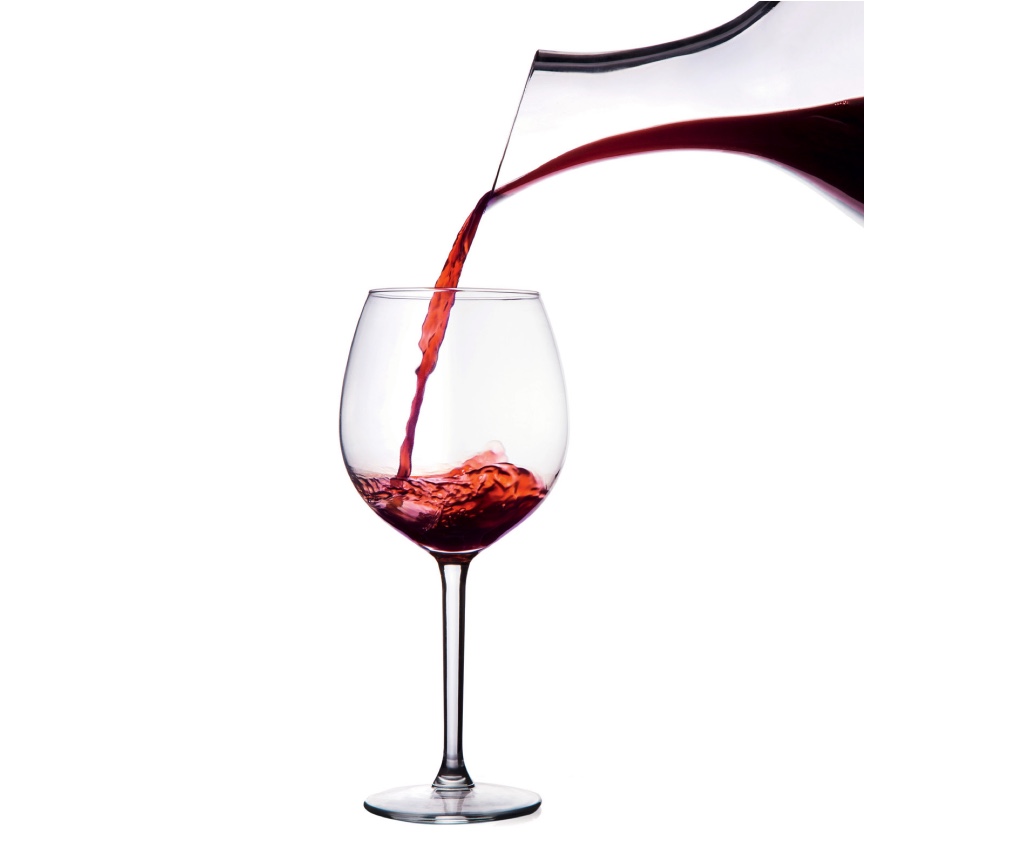 How to decant wine — and why
How to decant wine — and whyIs your decanter gathering dust at the back of a cupboard? If so, says Harry Eyres, it’s high time you started using it to breathe more life into your wine.
By Harry Eyres
-
 Curious Questions: What is it REALLY like giving up alcohol for a lifelong lover of fine wine?
Curious Questions: What is it REALLY like giving up alcohol for a lifelong lover of fine wine?Sobriety is easier and more interesting than it used to be, finds Giles Kime, who has spent the past year exploring the unanticipated delights of alcohol-free beer.
By Giles Kime